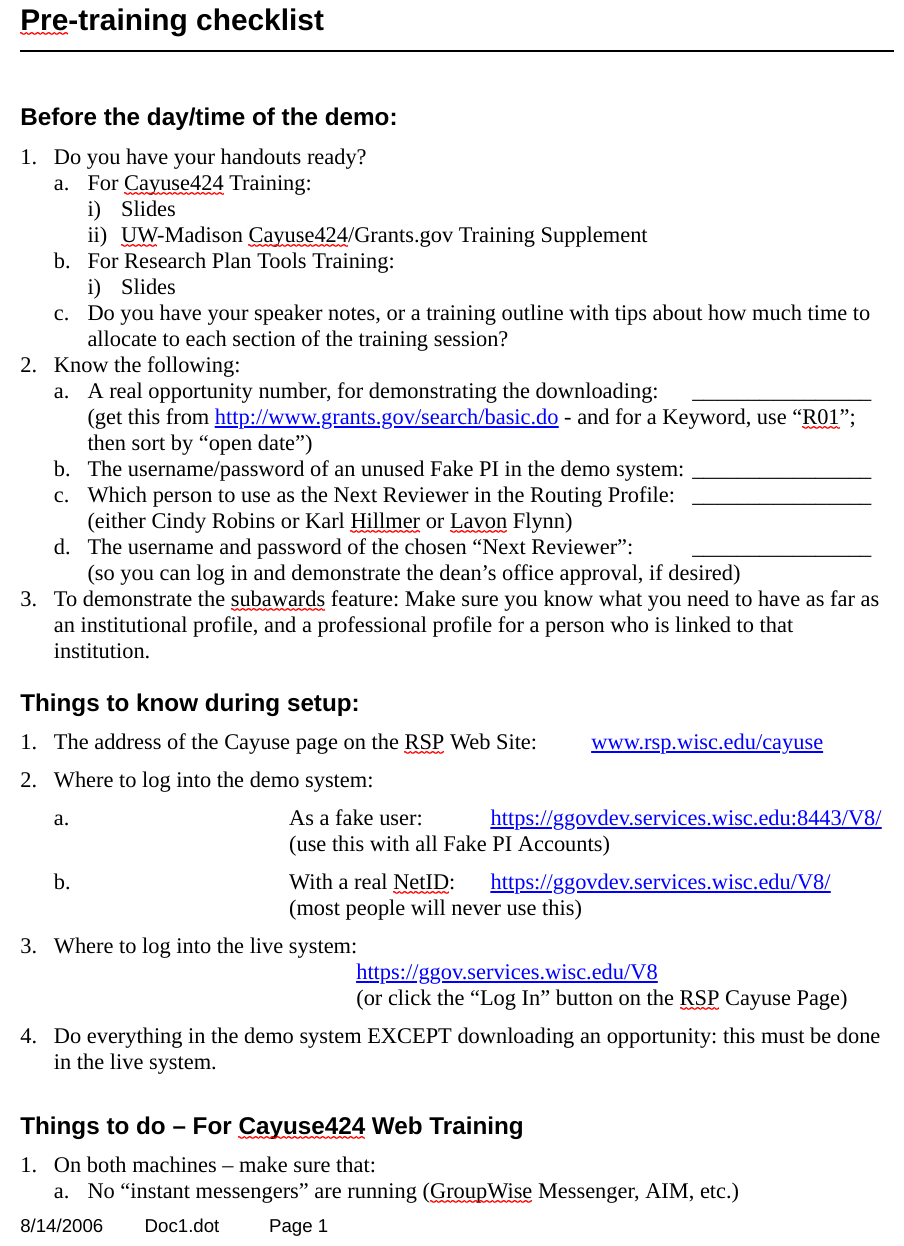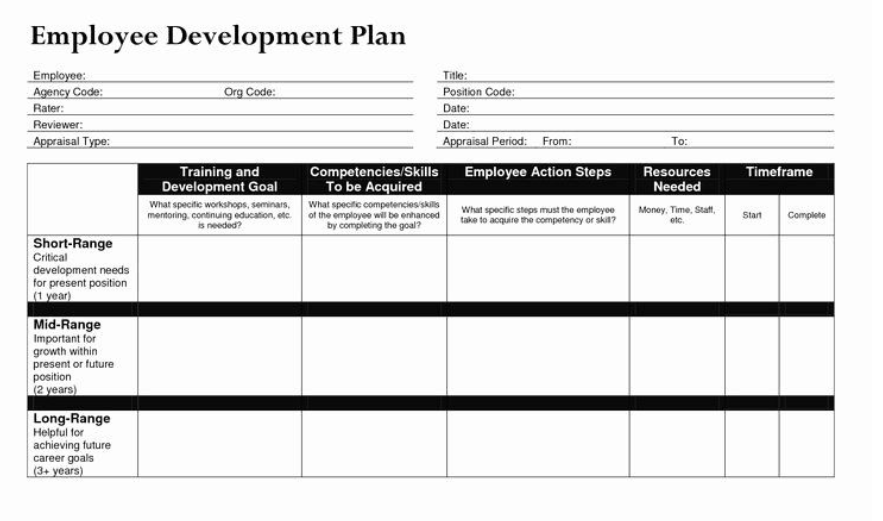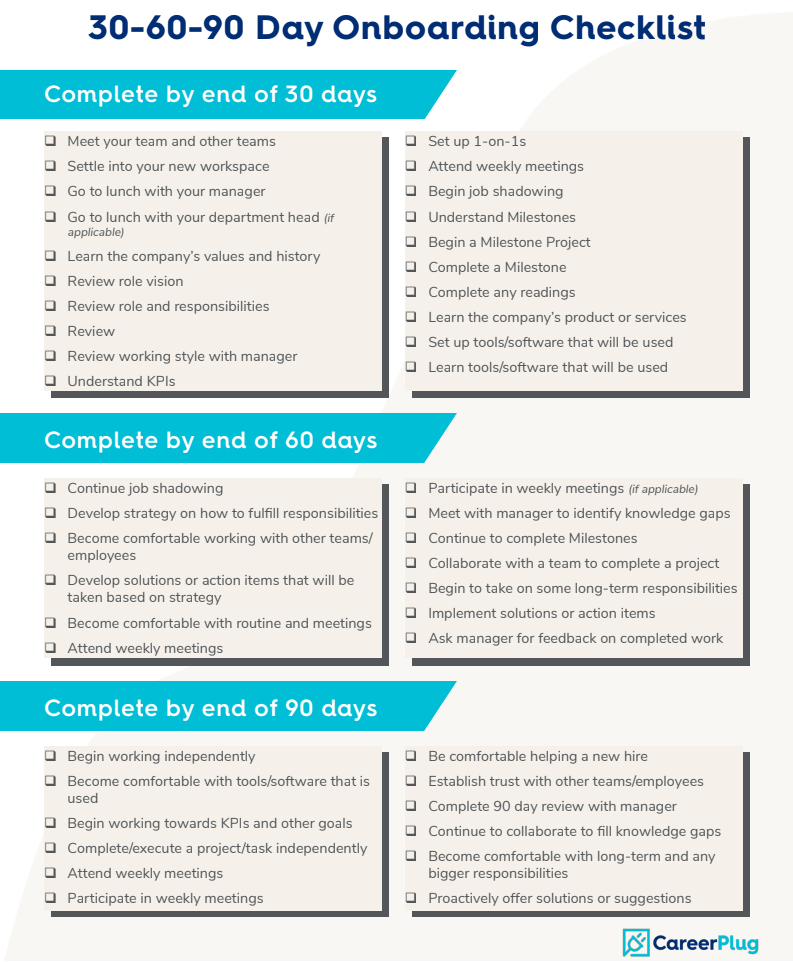
I think we’d all agree that effective employee training is crucial to business success.
(In fact, roughly 70% of teams are investing more into employee training and skill building than in pre-pandemic times.)
As with all areas of your business, effective training requires effective and strategic planning. Here, we’ll be looking at the key elements of various employee training plans — and discussing all that goes into creating templates for all training occasions.
What is an Employee Training Plan?
An employee training plan is a document that describes a training initiative in clear detail.
While individual plans vary in scope, all plans typically explain:
- The purpose and goals of the initiative
- Who is involved, and in what capacity
- How the training will proceed
Training plans can be created for individual employees, specific segments of your team, or for your entire organization to take part in. Plans can apply to short-term (and even one-off) training initiatives, or to more long-term training campaigns.
Throughout this article, we’ll be discussing the many common threads that run through your various employee training plans — and how to use these common threads to develop effective templates for your training initiatives..
Essential Elements of an Employee Training Plan
On that note, let’s take a look at the key elements all employee training plans should include regardless of other variables.
Objectives and Rationale
All training plans should explicitly state the purpose of the initiative, in terms of both the trainee and the company as a whole.
This purpose should be backed by clear rationale, connecting the trainee’s efforts to their future performance — and, in turn, connecting their growth to overall business growth.
(An accompanying business requirements document will be needed to flesh this info out. Check out our recent post for more.)
Targeted KPIs & Measurement Methods
Employee training plans should also define key performance indicators as a way of measuring performance and success.
You’ll also define overarching business KPIs, again connecting employee and team performance to changes in your bottom line.
Audience and Stakeholders
Training templates should identify all parties involved in the campaign — and define the specific role each party will play in the process.
This includes:
- The learner(s)
- The trainer(s)
- The project managers/leaders
- The executive stakeholders
You might include additional info as to how these roles relate to one another, too. Defining dependencies between trainer and trainee, for example, will help streamline the experience for both parties.
Timeline and Scheduling
All employee training templates should provide a timeline for the initiative in question.
Depending on the circumstances, this timeline might define:
- Schedules for training phases
- Deadlines for performance milestones
- Dates for manager check-ins
Training Methods and Procedures
This is the “meat and potatoes” of the employee training template.
The first part of this section will define the training method(s) you’ll be using throughout the campaign.
A few examples here:
- Instructor-led training
- Mentoring and coaching
- Simulation and role-playing
You’ll then provide a detailed description of the learning curriculum, along with checklists and other materials to guide the project forward.
Resources
Finally, your employee training templates should include a section listing the various resources you’ll need throughout the campaign.
Some examples of resources you may need:
- Standard operating procedures and other instructional documentation
- Tools and technology to complete tasks and engage with instructional leaders
- External resources (from instructional content to third-party trainers)
Common Types of Training Plan Templates
While you can (and should) create templates for all types of training purposes, you’ll at least want to have the following templates at the ready.
Pre-Training Needs Assessments
Needs assessments are completed before you even begin planning a future training initiative.
In completing a pre-training needs assessment, you’ll:
- Identify gaps in employee skills, knowledge, and/or performance
- Define key performance indicators and other success metrics
- Define business case for training
- Define the best training format and method for the situation
- Set an agenda for the upcoming initiative

(Source / Pre-training checklists can also help prepare the learner for the upcoming session.)
Though you’ll get into more detail when creating the actual training plan, this will set the stage for your efforts moving forward.
Employee Development Plans
Development plans are created for each individual member of your team, and are used to track and facilitate professional growth over time.

(Source)
Here, you’ll document:
- The employee’s immediate and long-term career goals
- The knowledge and skills they’ll need to attain these goals
- The specific training sessions that will help them learn these skills
Employee development plan templates also have projected timelines for completing training sessions and reaching other professional milestones.
Training Plans for Employee Onboarding
An effective employee onboarding process starts with a solid plan.
Onboarding templates will include information such as:
- The new hire’s responsibilities (with accompanying checklist)
- Who else is involved in the onboarding process, and how
- A timeline for completion of onboarding processes (for both employee and team leads)

(Source / Again, checklists come in handy here.)
Employee onboarding templates should also include additional resources (as attachments, links, etc.) the individual will need to complete the process as planned.
Leadership Training and Development Plans
Leadership training and development plans provide a comprehensive view of your team’s current leadership capabilities — and where you’ll be making improvements in the future.
Specifically, this template will help you:
- Develop your team’s definition of “leader” and “leadership”
- Identify trainings needed to develop your management and executive teams’ skills
- Trace leadership development to improved team performance — and improved business outcomes
Benefits of Creating Employee Training Plan Templates
To be sure, spending the time to create effective employee training plan templates will benefit your team in a number of ways.
For starters, having a plan in place for every training campaign you put together will improve the effectiveness of each campaign from the get-go. This, in turn, will lead to a number of long-term benefits, like:
- Improved employee and team performance
- Increased job satisfaction and talent retention
- Improved teamwork and stronger company culture
Proactively creating employee training templates before you actually need them will be beneficial to your efforts, as well.
- Consistency: Creating training plan templates allows you to take a consistent approach to specific types of employee training sessions. In turn, you can be sure that each training initiative you create uniformly follows best practices and standard procedures.
- Efficiency: With comprehensive training templates in place, there’s no need to reinvent the wheel with every initiative you put together. Just find the template that fits your needs, and hit the ground running.
- Agility: Employee training plan templates are built to be flexible and customizable. While again not requiring you to start from scratch, these templates will allow you to easily tailor your upcoming training initiatives based on your current needs and circumstances.
Best Practices for Creating Employee Training Plan Templates
There’s more to creating effective employee training plan templates than just doing a quick Google search and using another company’s documents.
(Truth be told, even the ones we’ve provided aren’t fully usable in their current condition.)
While these existing templates give you a good start, you’ll still need to tailor them to make them your own — and to ensure they have a positive impact on your team’s training efforts.
As you tweak these training templates to fit your needs, make sure you follow these best practices.
Create Templates for High-Priority Training Purposes
Over time, your goal is to have a template prepared for every possible type of employee training you put on.
But, if you’re just starting to create your template library, you’ll want to prioritize certain types of training templates based on your current situation.
Some factors to consider:
- The impact the training initiative will have on employee, team, and business performance
- How frequently the training takes place within your organization
- How standard (or varied) the training sessions need to be
Again, this all depends on where things currently stand for your company. If, for example, you’re bringing new hires on rapidly and routinely, you’d need to be confident that your onboarding plan is seamless and effective.
(Conversely, if you’re in the midst of a hiring freeze, you can put your onboarding template to the backburner while you focus on more relevant training initiatives.)
On top of streamlining your high-priority trainings, this approach will allow you to give proper attention to the templates that may not be a priority at the moment — but that are no less important to team productivity in the long run.
Get Input From All Stakeholders
Everyone that’s involved in the training in question should also be involved in the creation of the training template.
This includes:
- Trainers/Facilitators
- Trainees/Learners (current and former)
- Performance Assessors
- Executive team members
Trainers, leaders, and other decision-makers will of course be in charge of developing the templates — whether from scratch or via tweaking a publicly-available document. Here, discussion will be needed to ensure all necessary sections and relevant information is presented clearly within the document.
Trainers, assessors, and even former trainees can help with organization, presentation, and language usage within your templates. In turn, your templates will become more digestible specifically for those who will be using and relying on them most.
In getting input from all involved stakeholders, you can be nearly certain that your training templates provide everything they need to know to get moving.
Communicate Context Within Your Training Plan Templates
Going along with the above, your employee training templates should allow for contextualization of all relevant info.
In other words, it needs to be crystal clear why the information presented in the document is relevant to the situation at hand.
As we’ve discussed, your training plans should always explain:
- What the training entails
- What your performance and business goals are
- Why training, specifically, is what’s needed to attain these goals
This will give your stakeholders a more holistic, “real-world” understanding of your upcoming training sessions.
(This, as opposed to approaching each initiative as if it exists in a vacuum — which would only hinder your efforts moving forward.)
Make Data-Driven Improvements to Your Training Plan Templates
Okay, so the whole reason you’re creating these templates is to use them repeatedly, making relatively minimal changes with each use.
But, you never want to think of these templates as being completely set in stone.
Rather, you should always be looking for ways to improve upon the training templates that are already working wonders for your organization.
(In some cases, improving your templates may be the necessary step toward improving your team’s training-related efforts altogether.)
At the center of these improvement efforts:
Data.
This may include:
- Training performance outcomes
- Stakeholder feedback
- Changes in trainee and business performance
You never want to make concrete changes to your employee training templates without concrete evidence and rationale to back them up. Building intentional data analysis into your template development processes ensures you always take this step — and ensures you never adjust your templates based on anything less than the facts.
Document Template Changes (and Lessons Learned)
Internal documentation is a key part of the process, in two ways.
For one, you want to keep a record of the actual changes you make to your training plan templates over time. This will help you track the evolution of these documents — which can in turn help you identify what works (and what doesn’t) when developing employee training plans.
(And, if you need to revert to a previous version of a template, this will make the process super simple.)
It’s also crucial to document the reasons for any changes you make to your templates over time. More than just improving your approach to template creation, this knowledge can potentially allow you to make improvements to your overall approach to employee training as a whole.
The fact is, all relevant knowledge and information your team possesses with regard to employee training can potentially be transformative for your organization.
…but only if you identify it, document it, and make it easily accessible to your teammates and stakeholders.
Which is where Helpjuice comes in.
With our knowledge base software, teams can document any and all organization knowledge with ease. What’s more, you can then use Helpjuice to make collaborative changes to your employee training templates in real-time — based specifically on your data and the insight you’ve gleaned from it all.
Ready to get started? Try Helpjuice completely free for 14 days now!





